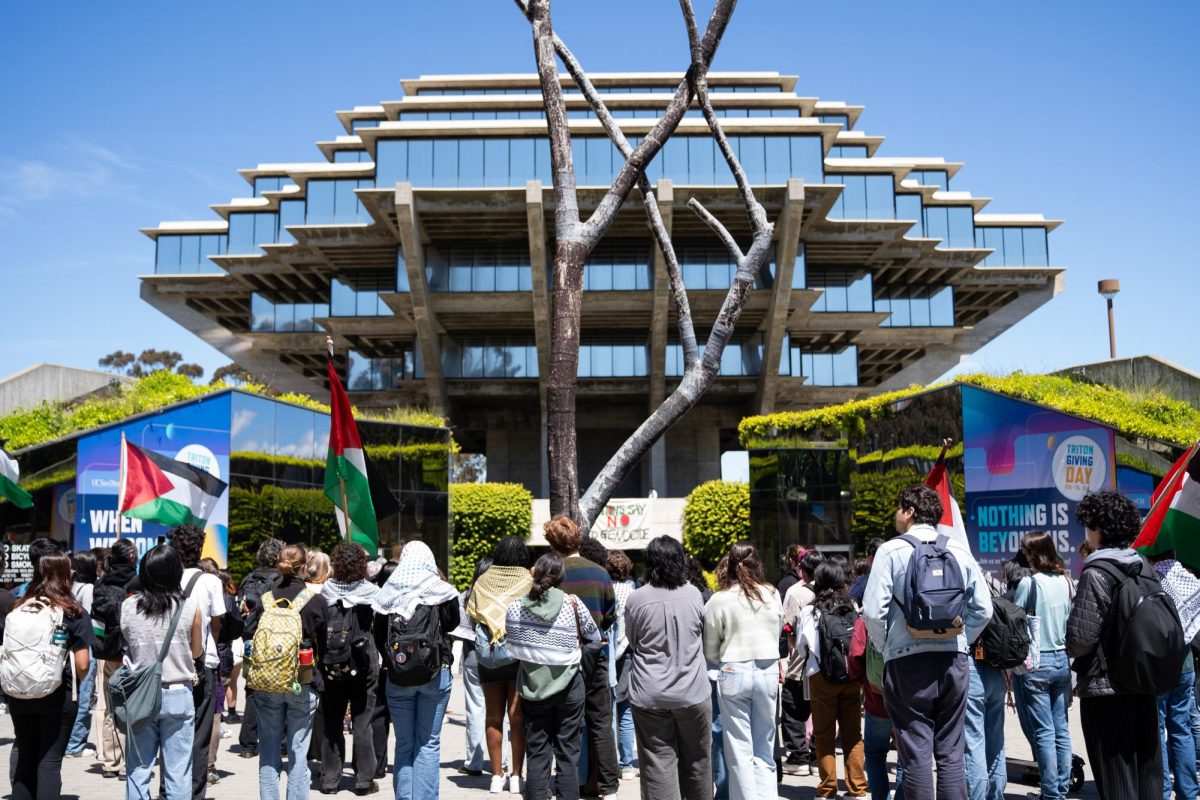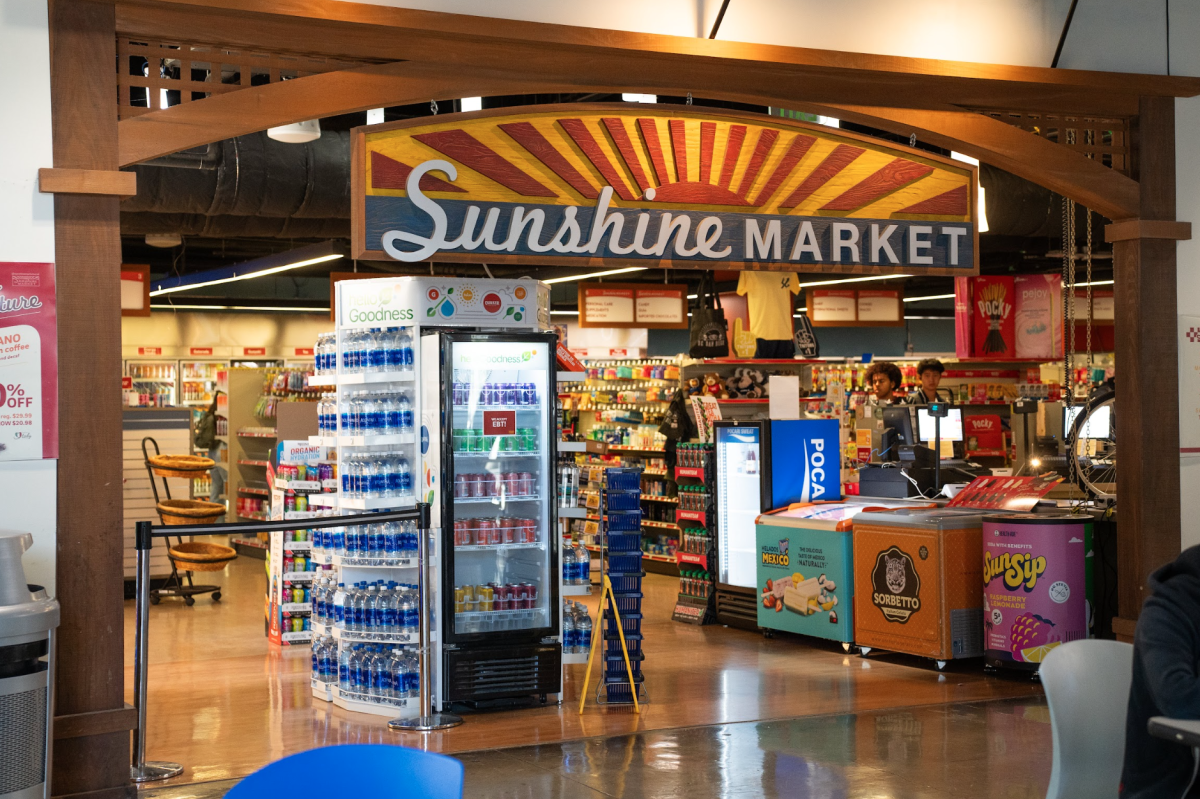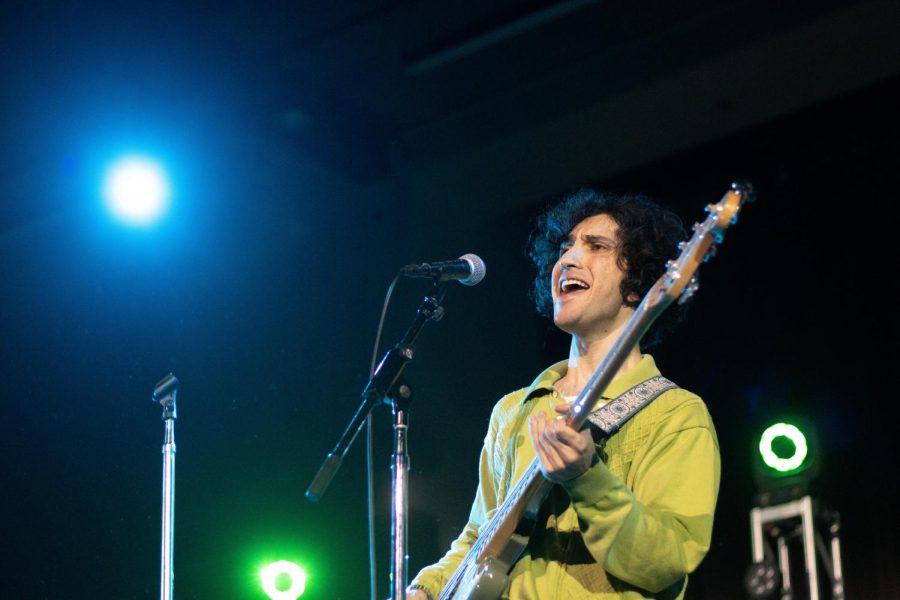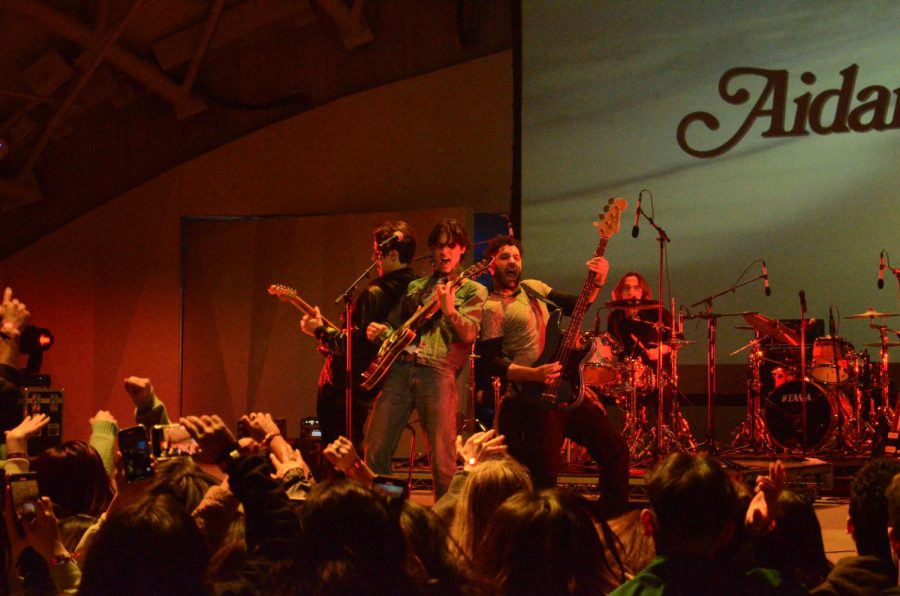With the passage of Proposition 47, UCSD will be receiving $56.9 million over the next two years for construction and renovation projects, according to preliminary estimates by the University of California.
Voters approved the proposition, also known as the Kindergarten-University Public Education Facilities Bond Act of 2002, 59 percent to 41 percent. The proposition allows the state to issue up to $13 billion of general obligation bonds for construction and renovation of K-12 school and higher education facilities.
A spokesman for the University of California said the university system will receive about $345 million a year for two years for capital outlay projects. This proposition will be followed by another similar bond measure that will authorize $12.3 billion to be placed on the March 2004 election ballot and will allow a number of the projects started with money from the first bond measure to be completed. The final allocations per campus have yet to be completed.
“”It will be determined in the coming months,”” the spokesman said.
Four of the five southern UC campuses were the biggest takers in the system, with preliminary two-year allocations showing UC Irvine receiving the most from the proposition — about $68.6 million, followed by UCLA and UC Riverside. UCSD will receive the fourth highest preliminary allocation, while UC Davis will received the smallest preliminary allocation at $2 million.
At UCSD, the influx of capital in the coming months means several years of anticipatory planning will begin to take the form of buildings and construction.
“”It’s all coming together all of a sudden,”” said Brian Gregory, director of capital planning at UCSD.
Gregory said that the campus’ allocation will allow UCSD to facilitate the projected influx of students. Enrollment projections show UCSD is expected to have 20,510 undergraduate and 4,450 graduate students by the 2010 through 2011 academic year.
“”On average we receive the most because we’re going to be growing 50 percent and taking on other students,”” he said.
The most substantial portion of the allocation will go to fund the $24.7 million Pharmaceutical Sciences Building and the $16.3 million renovation and addition to the Biomedical Library.
Other projects include moving the police station from near the Price Center to near the Mail Services Building off Voigt Drive, renovating the Applied Physics and Mathematics building to house labs and offices for the departments of biology, linguistics and mathematics, and renovating and building an addition to Mayer Hall.
Another project, called the Student Academic Services Facility, will bring the offices of the cashier, bursar, registrar, and other student services into one building. The L-shaped building will go where the Eleanor Roosevelt College Administration building currently stands along with some of the circa 1940s Camp Matthews buildings.
Gregory noted that in addition to receiving money from bond measures, there are two other ways that UCSD receives funds for construction and renovation: state-allocated funding and campus-generated funding.
Buildings such as Engineering Building Unit 3B, which is still being planned, along with California Institute on Telecommunications and Information Technology facilities and the soon-to-open Powell-Focht Bioengineering building were funded by bond measures approved by the state legislature.
Additionally, UCSD will be building at least one building through funding generated by the campus and through debt funding. The building, which is still in planning and called the Campus Multipurpose Building, will include lecture halls and classrooms. It will be located north of the Gilman Drive Parking Structure.
At a time of shrinking endowments and decreasing donations to American colleges and universities, the passage of the proposition guarantees construction of buildings necessary for the long-term student growth at California public higher education institutions. An Oct. 28 all-campus e-mail signed by Chancellor Robert C. Dynes and Joel Dimsdale, the chair of the Academic Senate, attempted to make student voters aware of both Proposition 47 and its implications for UCSD in particular.
Financial support for the campaign’s “”yes”” campaign was funded primarily by architecture, construction and law firms, all of whose trade will benefit from the $13 billion building and renovation measure.
Other major contributors included nonprofit groups affiliated with California State University and University of California campuses.
The UC groups gave money in support of the proposition that combined to total about $246,000.







